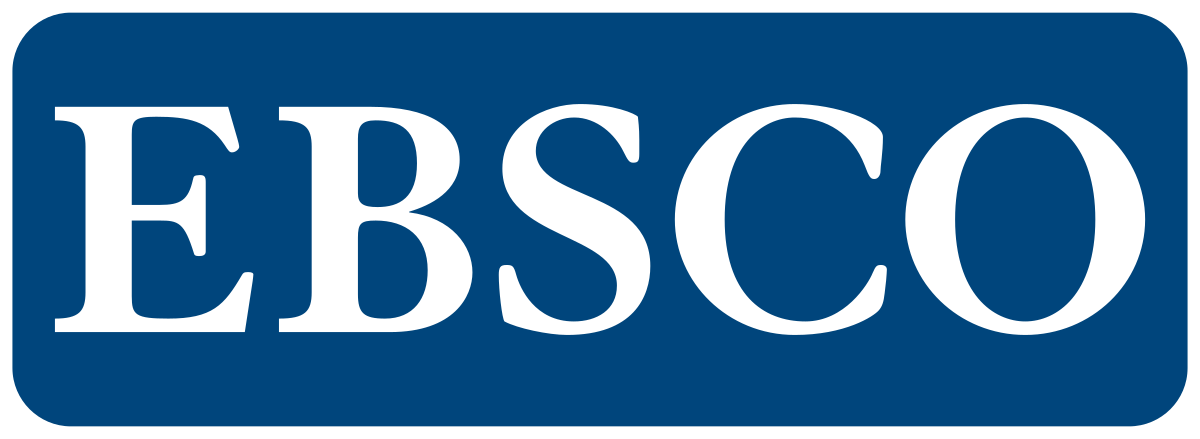EFFECTIVENESS OF OOLONG TEA LEAVES EXTRACT AS A CORROSION INHIBITOR FOR ORTHODONTICS STAINLESS STEEL WIRE
Keywords:
corrosion, oolong tea leaf , organic inhibitors, saliva, stainless steelAbstract
Stainless steel orthodontic wire is the type most often used in the oral environment for long periods, which can potentially generate corrosion. The occurrence of corrosion will cause a hypersensitivity reaction caused by the wire components interacting with the oral environment. One of the efforts that can be used to reduce the corrosion rate is to use organic inhibitors containing antioxidants found in oolong tea leaves. This study aimed to determine the effectiveness of oolong tea leaves as a corrosion inhibitor on stainless steel orthodontic wires. This study is a laboratory experimental study with a post-test-only control group design using stainless steel orthodontic wire with a length of 4 cm and a diameter of 0.41 mm in as many as 24 samples. The samples were divided into four groups; one treatment group was artificial saliva, and the other three groups were a mixture of artificial saliva given oolong tea leaf extract with concentrations of 6.25%, 12.5%, and 25%, respectively. The measurement of the corrosion rate was carried out using the weight loss method. Then, the orthodontic wire was characterized after immersion using a Scanning Electron Microscope (SEM). The results of the data were analyzed using the Kruskall-Wallis test. The results showed that the highest corrosion rate was found in the artificial saliva group that was not treated at all, and the corrosion rate with treatment decreased. The group with oolong tea leaf extract with a concentration of 25% showed the best results in inhibiting the corrosion rate of wire. In conclusion, oolong tea leaf extract has proved to be an effective corrosion inhibitor for stainless steel orthodontic wire.
DOI : 10.54052/jhds.v4n1.p1-14
Downloads
Published
How to Cite
Issue
Section
License
Copyright (c) 2024 Journal of Health and Dental Sciences

This work is licensed under a Creative Commons Attribution-ShareAlike 4.0 International License.








